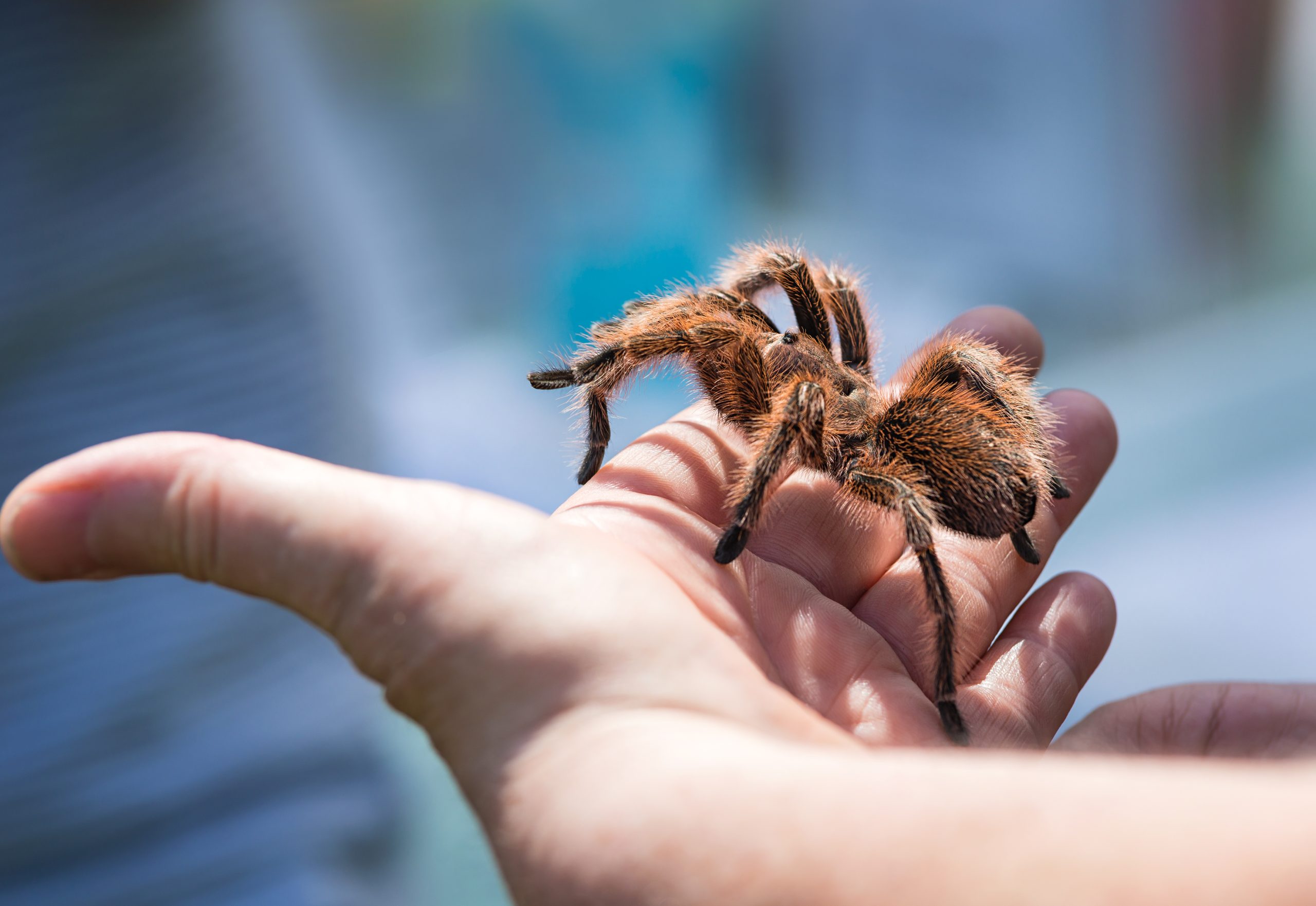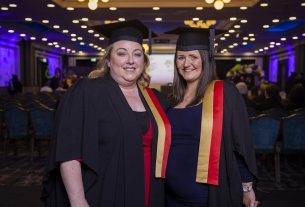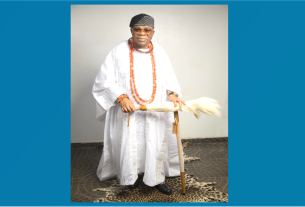[ad_1]
Imagine a single technology that could help a robot perform safety checks at a nuclear plant, cure a person’s arachnophobia and simulate the feeling of a hug from a distant relative.
Welcome to the world of “extended reality”. Researchers funded by the EU have sought to demonstrate its enormous potential.
Relevant research
Their goal was to make augmented reality, in which the real world is digitally enhanced, and virtual reality – a fully computer-generated environment – more immersive for users.
One of the researchers, Erik Hernandez Jimenez, never imagined the immediate relevance of a project that he led when it started in mid-2019. Within a year, the Covid-19 pandemic had triggered countless lockdowns that left people working and socialising through video connections from home.
‘We thought about how to apply this technology, how to feel human touch even at a distance, when we were all locked at home and contact with others was through a computer,’ said Hernandez Jimenez.
He coordinated the EU research initiative, which was named TACTILITY and ran from July 2019 until the end of September 2022.
The TACTILITY team developed a glove that simulates the sense of touch. Users have the sensation of touching virtual objects through electrical pulses delivered by electrodes embedded in the glove.
The sensations range from pushing a button and feeling pressure on the finger to handling a solid object and feeling its shape, dimensions and texture.
Glove and suit
‘TACTILITY is about including tactile feedback in a virtual-reality scenario,’ said Hernandez Jimenez, who is a project manager at Spanish research institute TECNALIA.
He said the principle could be extended from the glove to a whole body suit.
Compared with past attempts to simulate touch sensations with motors, the electro-tactile feedback technique produces a more realistic result at a lower cost, according to Hernandez Jimenez.
This opens up the possibility of making the technology more widely accessible.
The research bolsters European Commission efforts to develop the virtual-worlds domain, which could provide 860 000 new jobs in Europe this decade as the worldwide sector grows from €27 billion in 2022.
The EU has around 3 700 companies, research organisations and governmental bodies that operate in this sphere, according to the Commission.
Phobias to factories
The TACTILITY researchers looked at potential healthcare applications.
“
We thought about how to apply this technology, how to feel human touch even at a distance.
That’s where spiders come into the picture. They were among the objects in the project’s experiments to mimic touch.
‘One that was quite impressive – although I didn’t like it at all – was feeling a spider or a cockroach crawling over your hand,’ Hernandez Jimenez said.
A potential use for the technology is treating phobias through exposure therapy in which patients are gradually desensitised to the source of their fear. That could start by virtually “touching” cartoon-like creepy crawlies before progressing to more lifelike versions.
The tactile glove can also be used in the manufacturing industry, helping the likes of car manufacturers train their workers to perform tricky manoeuvres on the factory floor.
Furthermore, it can help people collaborate more effectively with remotely controlled robots in hazardous environments. An example is a nuclear power plant, where a person in a control room can virtually “feel” what a robot is touching.
‘They get another sense and another kind of feedback, with more information to perform better checks,’ Hernandez Jimenez said.
Joyful and playful
Wearables for virtual reality. © Oğuz ‘Oz’ Buruk, 2021
Wearable technologies for virtual-reality environments are also being inspired by the gaming industry.
Researchers in a second EU-funded project sought to expand the prospects for technologies already widely used for professional purposes. The initiative, called WEARTUAL, ran from May 2019 until late 2021.
“
Wearables are fashion items – they’re part of the way we construct our identity.
‘Our project focused on the more experiential side – joyful and playful activities,’ said Oğuz ‘Oz’ Buruk, who coordinated WEARTUAL and is assistant professor of gameful experience at Tampere University in Finland.
Until recently, experiencing a virtual-reality environment involved a hand-held controller or head-mounted display.
The WEARTUAL researchers looked at ways of incorporating wearables worn, for example, on the wrist or ankle into virtual reality to give people a sense of greater immersion.
That could mean having their avatar – a representative icon or figure in the virtual world – blush when nervous or excited to enhance their ability to express themselves.
On the cusp
The team developed a prototype that could integrate varying physical sensations into the virtual world by transferring to it real-life data such as heart rate.
Buruk is interested in how games will look in the “posthuman” era, when people and machines increasingly converge through bodily implants, robotics and direct communication between the human brain and computers.
He signals that it’s hard to overestimate the eventual impact of advances in this area on everyday life, albeit over varying timescales: wearables are likely to be much more widely used in virtual reality in the next decade, while widespread use of bodily implants is more likely to take 50 to 100 years.
As technology and human bodies become ever more closely linked, the experience of transferring them to a virtual world will be enhanced, encouraging people to spend increasing amounts of time there, according to Buruk.
Virtual-reality technologies are already being used for practical purposes such as gamifying vital information including fire-safety procedures, making it more interactive and easier to learn. This type of use could expand to many areas.
On a very different front, several fashion houses already sell clothes that can be worn in virtual environments, allowing people to express their identity and creativity.
‘Wearables are fashion items – they’re part of the way we construct our identity,’ Buruk said. ‘Investments in virtual reality, extended reality and augmented reality are increasing every day.’
Research in this article was funded by the EU via the Marie Skłodowska-Curie Actions (MSCA). If you liked this article, please consider sharing it on social media.
[ad_2]
Source link



